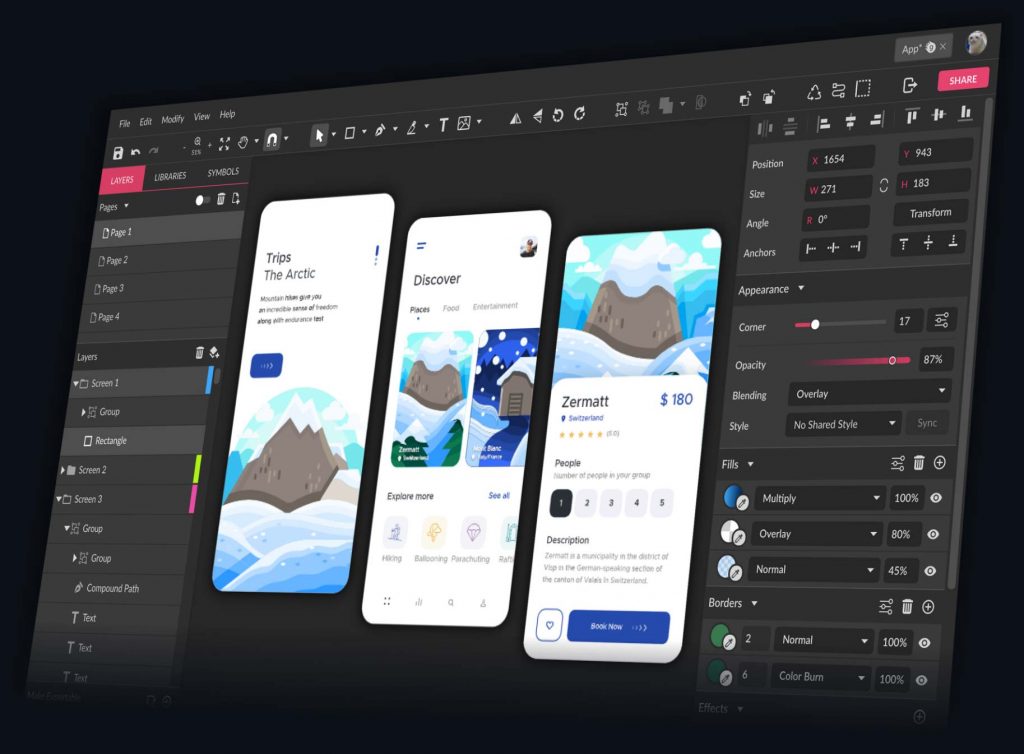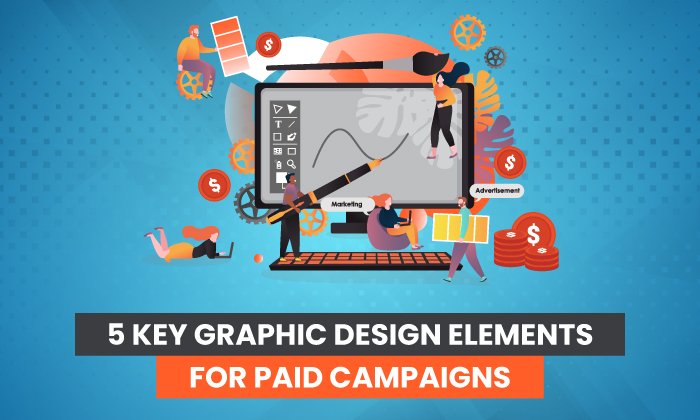Want to Learn Graphic Design? 9 Tips & Tricks for Beginners

We see graphic design at work every day.
Everything from logos, posters, magazines, product packaging, ads, and more.
It’s an industry that’s always in demand. Why? Because brands always need designers, whether it’s to create branding assets or design an upcoming event flyer.
If it’s an industry you’re interested in, discover the steps you can take today to learn graphic design and find out what you need to keep in mind as you start your career.
1. Learn key design principles.
Graphic design is a visual communication tool that combines the use of graphics, typography, color, and illustration to communicate a message.
And while there are endless ways to communicate a message (that’s where the creative part comes into play), there are key principles that every graphic designer must follow:
- Hierarchy
- Alignment
- Contrast
- Space
- Color
- Proximity
- Repetition
- Balance
These fundamental concepts ensure that a design is cohesive, impactful, and clear.
In addition to these principles, there are other elements that come into play, such as typography and color theory.
The former relates to the way in which your copy (i.e. text) is arranged while the former refers to how people perceive color and how it impacts messaging.
Once you understand these concepts, you can then dive a little deeper. More on that in the next section.
2. Find a course.
Contrary to popular belief, having an eye for design isn’t an innate trait – it’s a learned skill.
Once you have a broad overview of graphic design, it’s time to dive in with an in-depth course.
A course will teach you about the history of graphic design, the various subdivisions within the discipline, the psychology behind design principles, and the tools you’ll need.
Here are the top online resources for graphic design courses:
- General Assembly
- Skillshare
- LinkedIn Learning (formerly Lynda.com)
- Udemy
- Coursera
Then, of course, there’s always YouTube University. The best thing about this university is that it’s 100% free.
The downside here is that you likely won’t find the same depth in the material on YouTube and you won’t have the support of a professor.
Plus, you’ll likely be tasked with finding your own homework to practice what you’ve learned. However, it can be a good place to start if you’re on a budget.
3. Master design programs.
It’s hard to think of graphic design without immediately thinking of the tools they use.
So much of graphic design work relies on the use of tools like Adobe Illustrator, Adobe InDesign, Adobe Photoshop, and Sketch.
These are all powerful software that allow you to create everything from logos and illustrations to website designs.
While they aren’t free to use, consider them investments in your career, as you will likely use them for every project you take on.
4. Network with fellow designers.
In addition to the knowledge you’ll gain from …read more
Source:: HubSpot Blog










